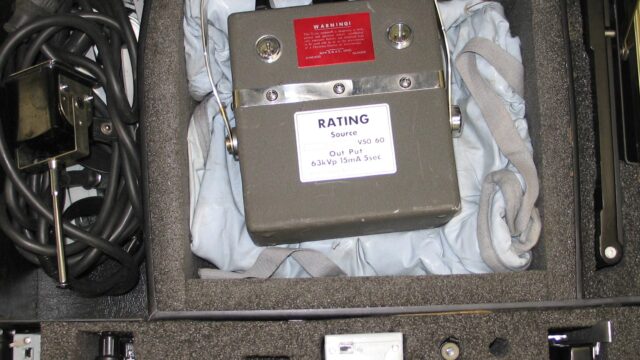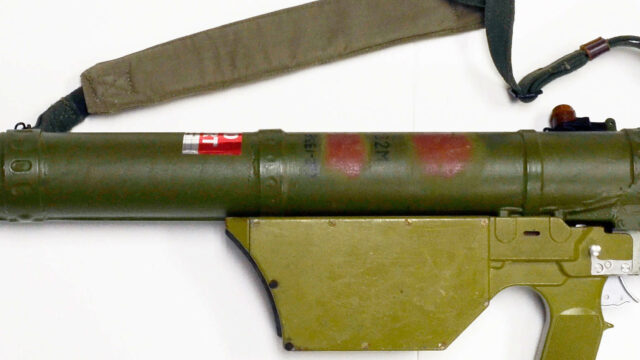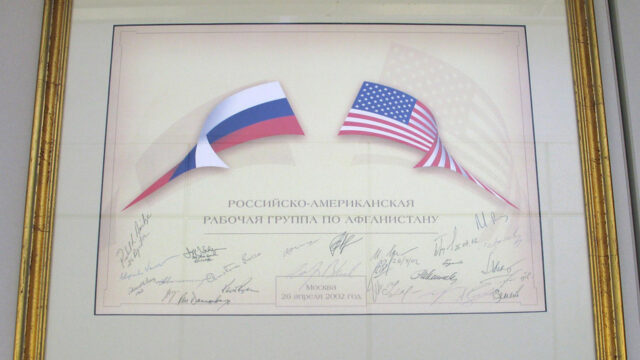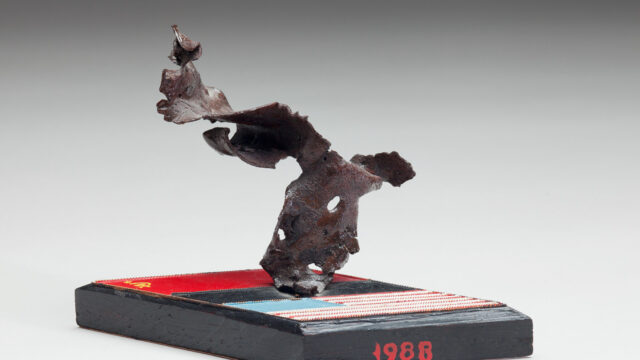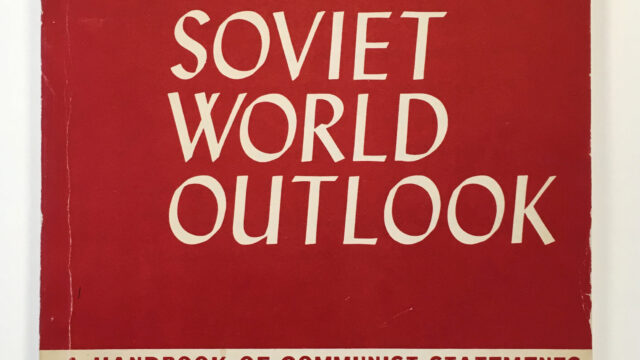Item
“Wing Tip” Missile Part Plaque
In 1987, the United States and the Soviet Union signed the Intermediate-Range Nuclear Forces (INF) Treaty, which required both parties to eliminate all nuclear and conventional ground-launched ballistic and cruise missiles with a certain striking range. This wing tip is from a ground-launched cruise missile destroyed at Davis-Monthan Air Force Base in…

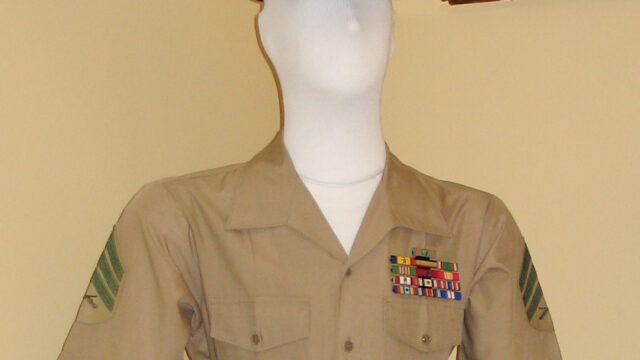
![(c. 2013). Cocaine Press [Object]. National Museum of American Diplomacy, Washington, D.C., United States. https://diplomacy.state.gov/items/](/wp-content/uploads/fly-images/8830/Cocaine-Press-640x360-c.jpg)
